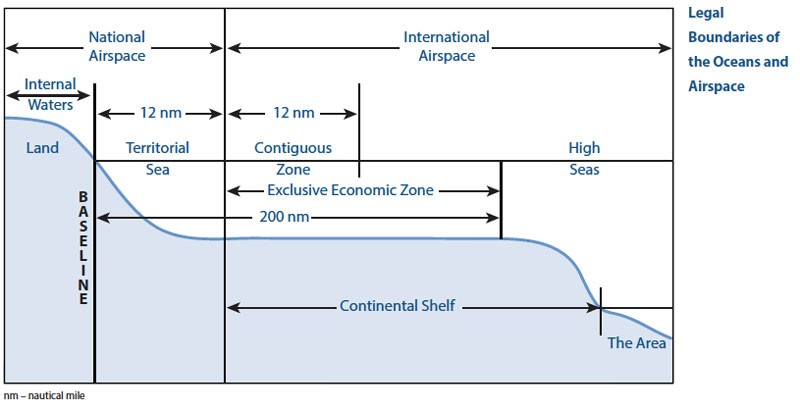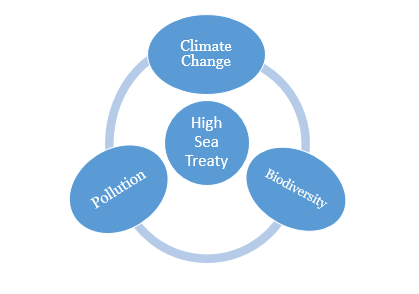7667766266
enquiry@shankarias.in
India recently signed the Biodiversity beyond National Jurisdiction (BBNJ) Agreement or the High Seas Treaty at the United Nations General Assembly in New York on 2024.
The high seas account for 65% of the ocean surface, and 43% of the Earth.

|
United Nations Convention on the Law of the Sea (UNCLOS) |
|

UN Biodiversity Conference, COP15, which concluded in Montreal, Canada last year agreed to protect 30% of the planet’s lands, coastal areas and inland waters by the end of the decade.
India’s Security and Growth for All (SAGAR) policy, unveiled in 2015, proposed an integrated regional framework to meet the security objectives in the Indian Ocean.